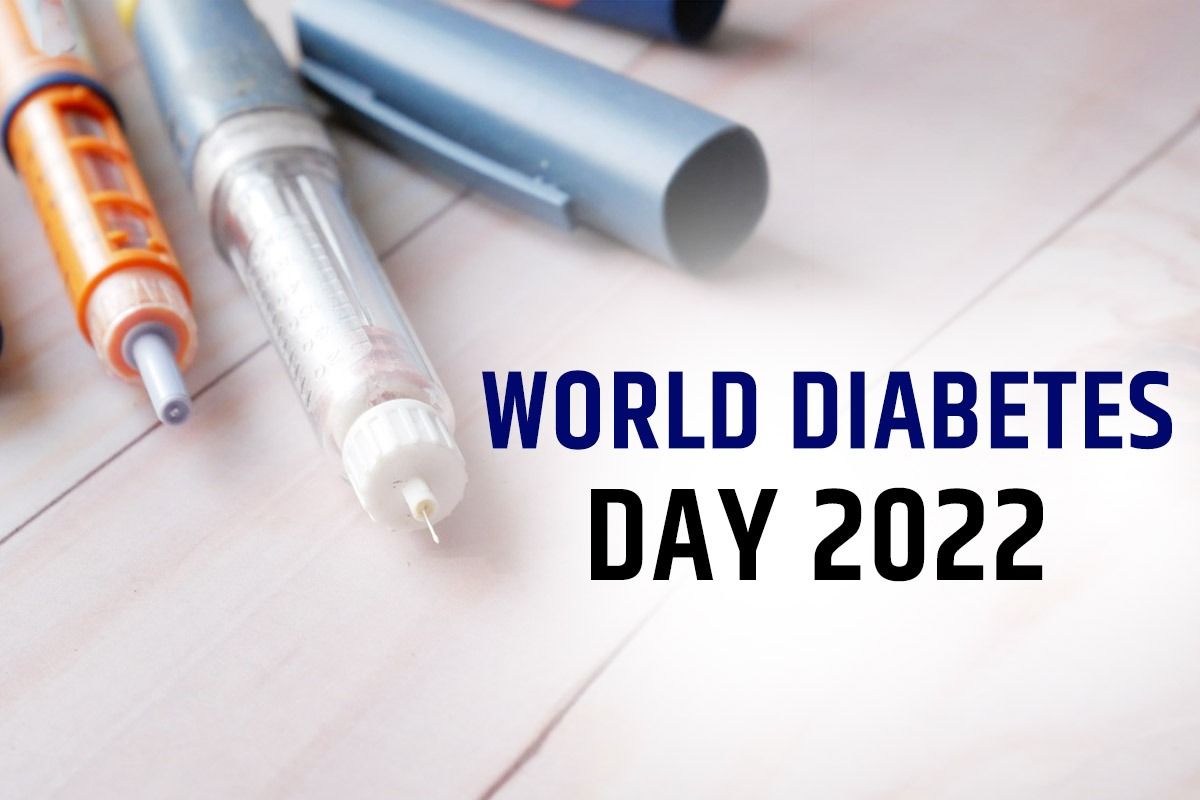According to International Diabetes Federation (IDF) statistics, as of 2019, there were about 77 million diabetics in India.
World Diabetes Day 2022: According to International Diabetes Federation (IDF) statistics, as of 2019, there were about 77 million diabetics in India. Its population may reach 101 million by 2030 and 134.2 million by 2045. In terms of diabetes cases among people aged 20 to 79 years, India ranks second. As of 2019, 12.1 million people above 65 years of age are being treated for diabetes in India. With the increasing prevalence of diabetes, it is worth checking sugar levels regularly. Everyone with a family history of diabetes or those with a sedentary lifestyle must seek the services of a professional to check their condition.
Different tests are used to detect diabetes, and individuals should be aware of the different options.
Test Fasting Plasma Glucose (FPG) Test
FPG is most reliable when done early in the morning. Impaired fasting glucose (IFG), a form of prediabetes that indicates a person is more likely to develop type-2 diabetes but not yet, is present if their fasting blood sugar level is 100-125 mg/dL. If the test is repeated the next day and the result is 126 mg/dL or higher, the person has diabetes.
Table:1 shows the findings and their significance.
Table 1
- No plasma glucose result (mg/dL) was diagnostic
- 99 and below normal
- 100 to 125 prediabetes
(impaired fasting glucose)
126 and above diabetes
Oral Glucose Tolerance Test (OGTT)
FPG is more practical to test. However, research shows that the OGTT is more sensitive for detecting pre-diabetes. A person should go without food or drink for at least eight hours before taking the OGTT. A liquid containing 75 grams of glucose dissolved in water is drunk, and the person’s plasma glucose is assessed before and two hours later. Impaired glucose tolerance, often referred to as IGT, is a type of prediabetes that indicates that someone is more likely to develop type-2 diabetes but not currently if their blood sugar level is between 140-199 mg two hours after drinking a drink. be between /dL. A two-hour glucose level of 200 mg/dL or higher, which can be verified by retesting the next day, indicates that a person has diabetes.
Table 2 shows the results with their significance.
Table 2:
S No. 2-Hour Plasma Glucose Result (mg/dL) Diagnosis
1 139 and below normal
2 140 to 199 prediabetes
(impaired glucose tolerance)
200 and above diabetes
Based on the plasma glucose readings taken during the OGTT, gestational diabetes is also diagnosed. Blood sugar is monitored four times throughout the test. Gestational diabetes is present if your blood sugar is more than twice normal during the test.
Table 3 shows the OGTT results for gestational diabetes are higher than normal.
Table 3.
S No when plasma glucose result (mg/dL)
1 fasting 95 or more
2 1 hour 180 or more
3 2 hours 155 or more
4 140 or more at 3 hours
Test for random plasma glucose
If you experience any of the following symptoms in addition to a random blood glucose level of 200 mg/dL or higher, you may have diabetes:
- More frequent urination
- increased thirst
- Unexpected weight loss
Other signs and symptoms include fatigue, blurred vision, increased appetite, and non-healing wounds. Your physician will repeat the OGTT or FPG blood glucose test the next day to confirm the diagnosis of diabetes.
For people with diabetes or pre-diabetes, hemoglobin A1c is now recommended as a screening tool or diagnostic test (the test is commonly used to assess blood glucose control in diabetes). patients over several months). Having a pre-diabetes HbA1c of 5.7% to 6.4% suggests that it can be reversed with lifestyle changes. An HbA1c level of 6.5% or higher indicates diabetes.
Trivitron’s NANO H5 and NANO H110, high-performance liquid chromatography analyzers, are used to detect HbA1c in less than 3 minutes. These HPLC-based HbA1c analyzers are used for monitoring diabetes, thalassemia and hemoglobin variants.
(Inputs by Chandra Ganju, Group Chief Executive Officer, Trivitron Healthcare)
